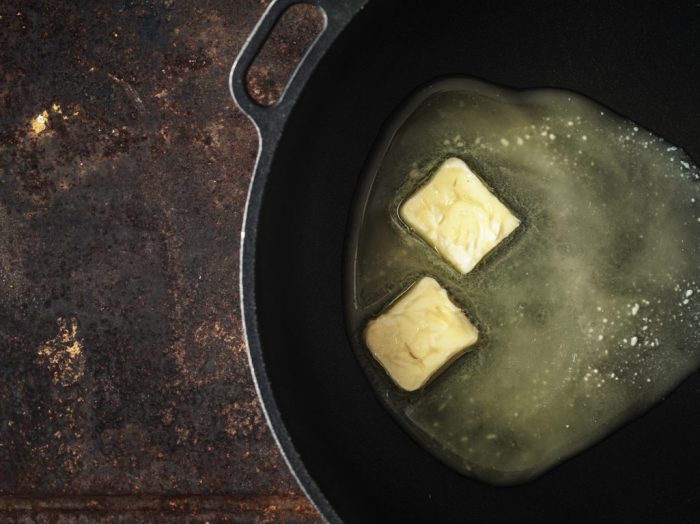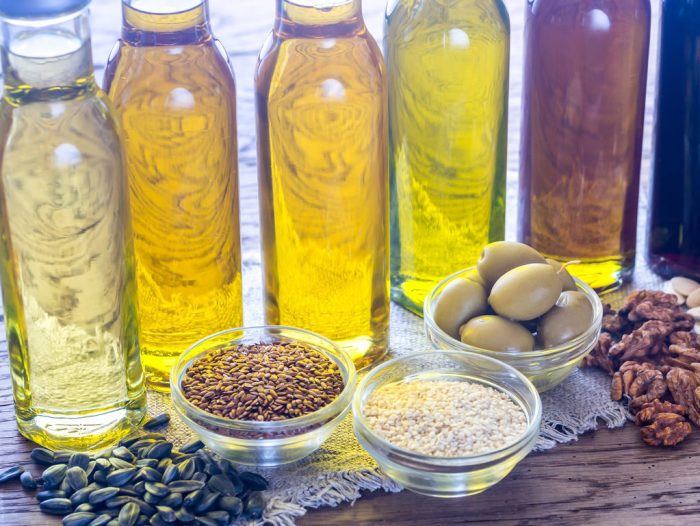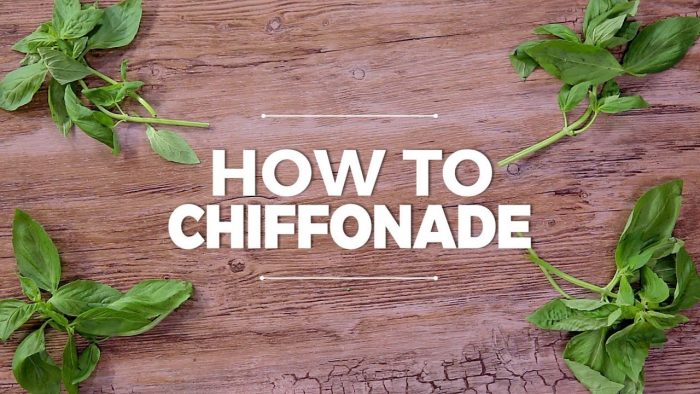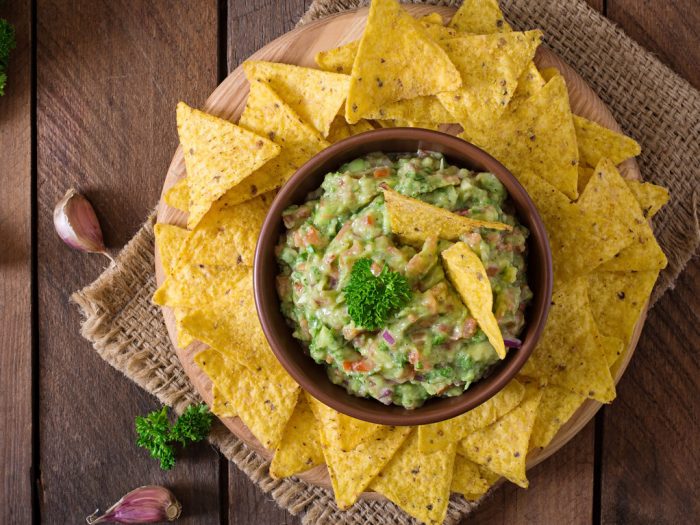You go through this a lot. You read recipes which call for different butter types like clarified butter or brown butter and you feel a tad confused. It happens to everybody. But what exactly is the difference between clarified butter, ghee, and brown butter? Let’s see!
Butter is amazing in baked goods. It brings this amazing taste to everything you make and the fat in it also has a huge hand in a lot of the chemical processes that occur during baking. But in order for it to serve different purposes, butter has to be treated differently on the stovetop. That’s where all these different kinds of butter come from. So the difference between clarified butter, ghee, and brown butter is a pretty crucial thing. And you should know it too.
Now, the main thing to understand is that butter is a fat with a low smoke point. Which means that it is easily burned. And it has to go through different transformations to withstand the heat!
Butter is found at the intersection of fat (about 80 percent), water, and milk solids, its three main components. The proteins are found in the milk solids. And they’re the ones which burn when butter melts and the water within evaporates. And they’re the reason butter dishes can get ruined.
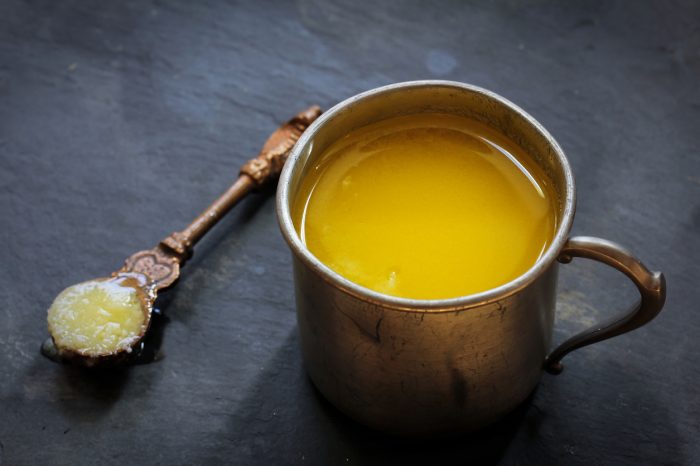
3 butter types and their uses
Clarified butter and ghee are mostly just fat, as opposed to the stick of butter you buy at the store. Both of these butter types allow you to use butter for higher temperatures than you normally would.
Clarified Butter
When you clarify butter, you try to break the emulsion of fat and water – and remove everything except the fat. If you melt butter in a saucepan over a low flame, it will foam as the water evaporates. The rest of the butter separates into yellow fat – which you want – and the white milk solids – which you want to discard. Skim the solids off the top (or strain the fat through a cheesecloth) and keep the clarified butter in another container. The clarified butter keeps more than regular butter.
Ghee
Ghee takes the clarified butter approach a step further. When the milk solids separate from the fat, don’t stop cooking it over low heat. Wait for the solids to brown and end up on the bottom of the pan. Then strain the mixture. What’s the difference? The flavor! Ghee has a nutty, toasted flavor. It originated in Indian cuisine, so you’ll need it if you want to make some of those awesome dishes.
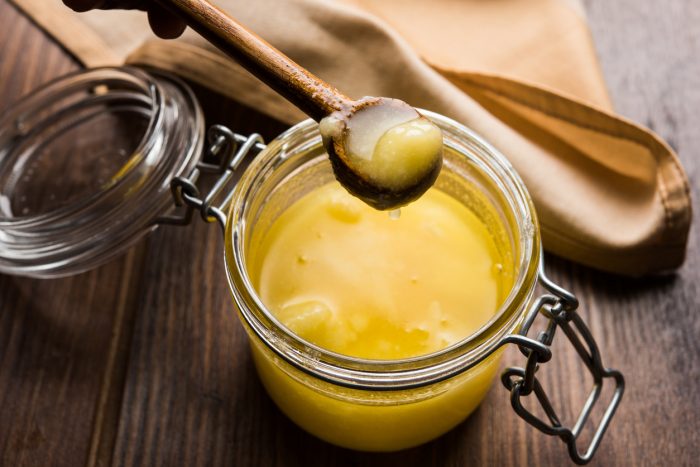
Brown butter
Brown butter is sort of the odd butter out. As opposed to the other two, you don’t want to separate the milk solids from the butter. You don’t clarify or strain it. Which means that you don’t change its smoke point too much and can’t cook with it over high heat. But brown butter has a special kind of sweetness about it that’s like nothing else. And it’s great to use when baking cookies, scrambling eggs, or even sauteing and searing different foods.
Butter and garlic go so well together. Here’s a simple way to make garlic butter whenever you feel like it.

